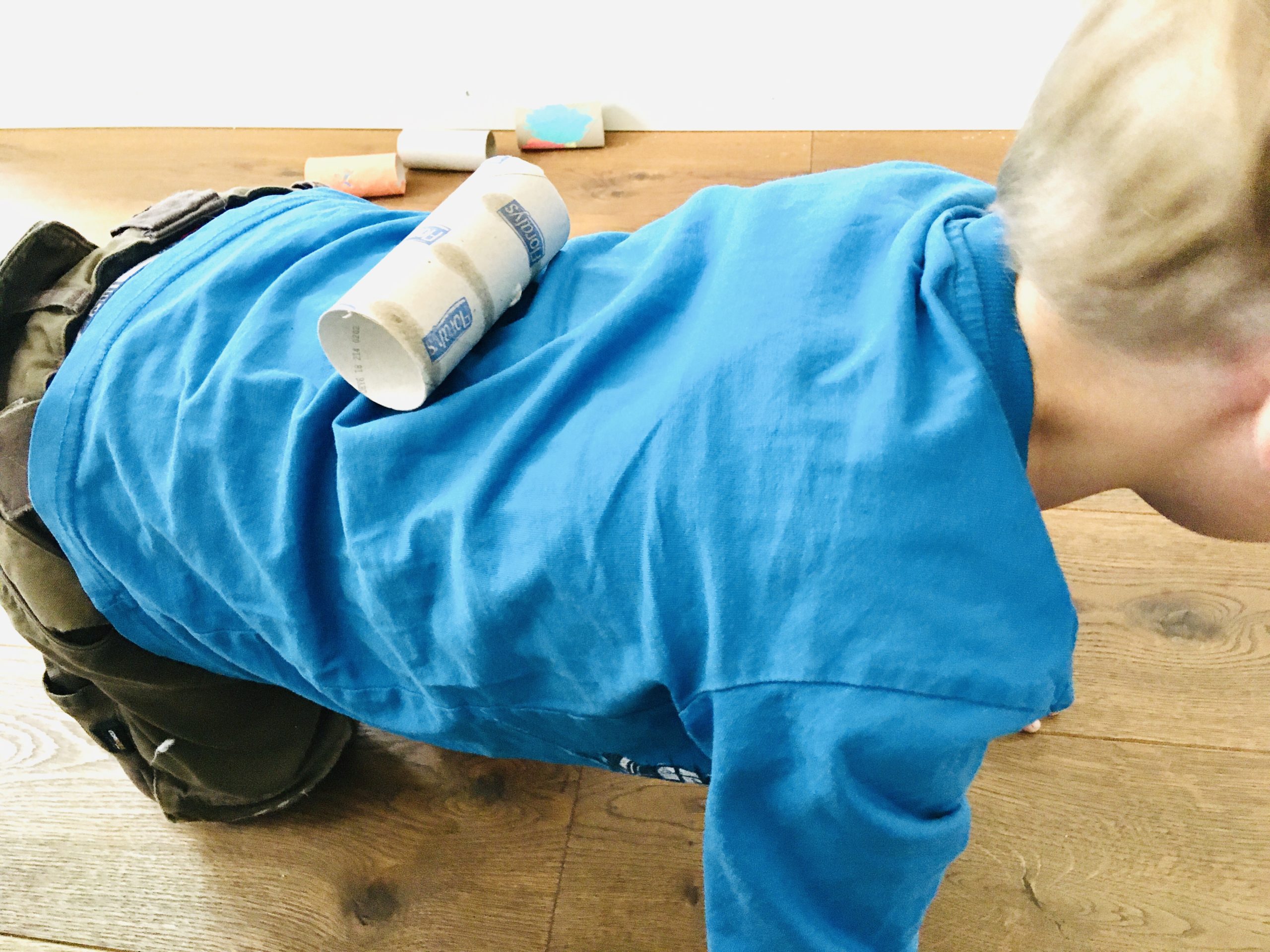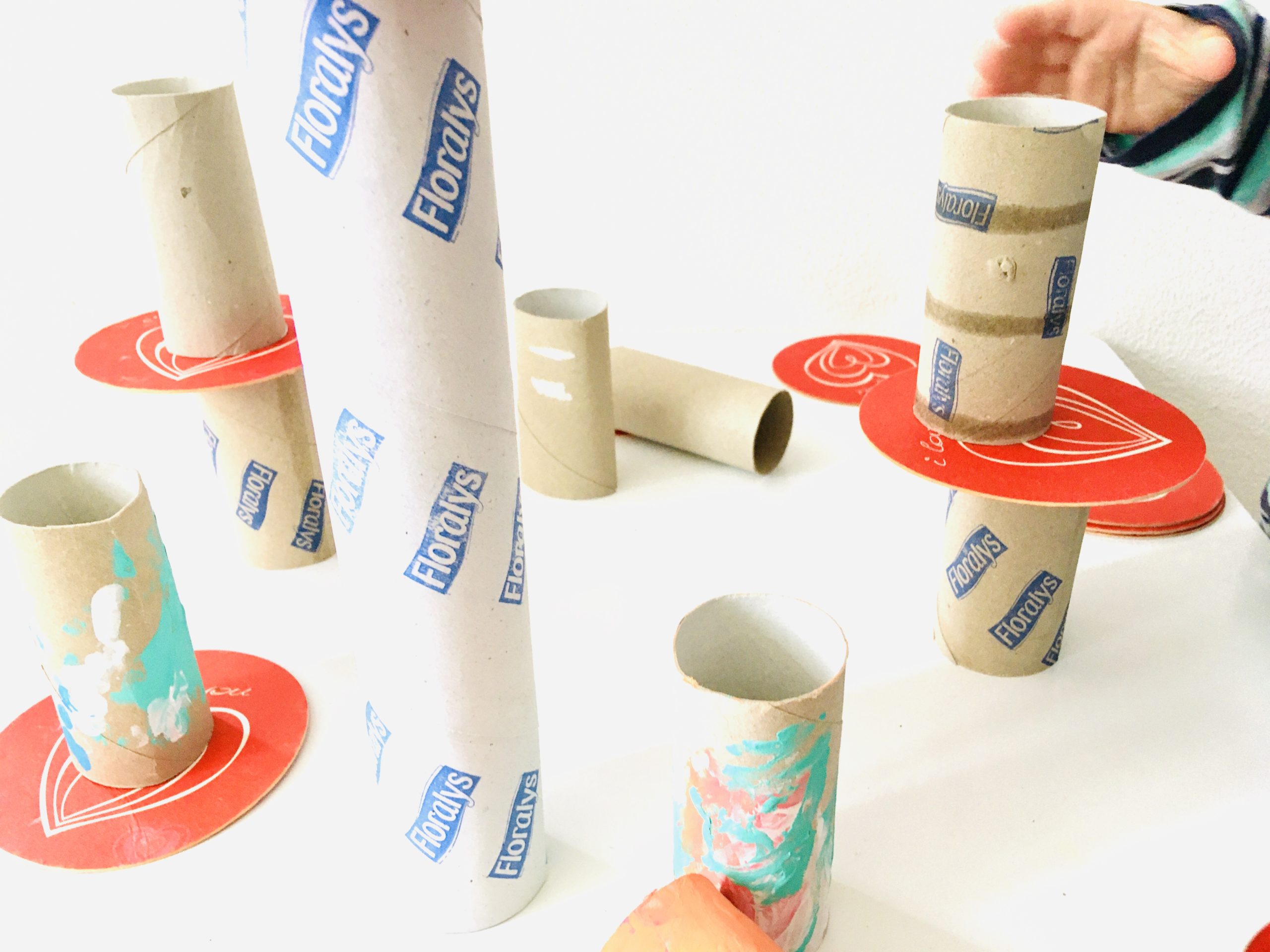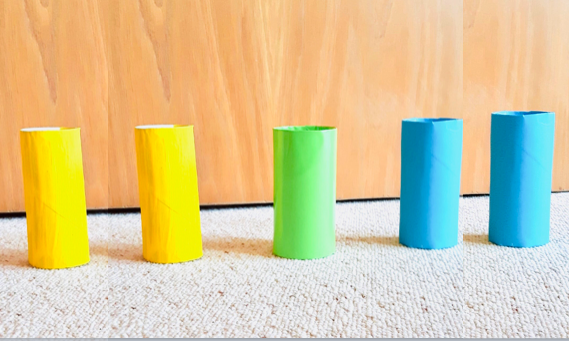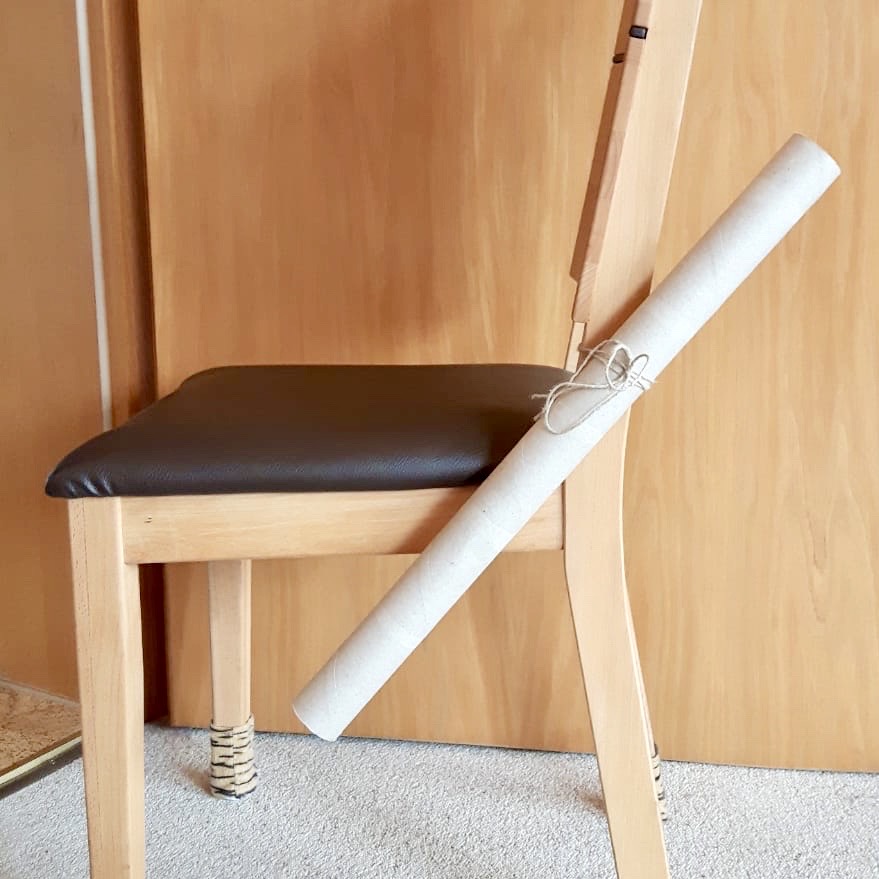Paper rolls are dedicated to playing and moving. Body coordination, creativity and ingenuity can be practiced. Let yourself be inspired.
Media Education for Kindergarten and Hort

Relief in everyday life, targeted promotion of individual children, independent learning and - without any pre-knowledge already usable by the youngest!

How do cardboard rolls sound? What sounds can be made with it? Knock, rub, tremble, paint, type, flute, etc.
One child makes a sound, the others do it.
Then tap a beat and see if the children knock. Knock again, the children knock at some point. Then a child knocks at one beat, the others do it after. Now you change through, so that everyone knocks at one beat once and the others knock at it.

How can the cardboard rolls be transported?
On the hand, in the elbow, between the knees, in the knee joint, under the chin, on the knees, etc.
Give the kids time to try and experiment.



Set up the cardboard rolls, always leave some space in between, so that you can then walk through the cardboard rolls city. No cardboard rolls should fall over.
What else can be built? Maybe you still have some cardboard lids or cardboard pieces? Give the children some time, maybe you can build beautiful cardboard roll towers or bridges? What do the children come up with? (Photo J)
Important, leave the children time to tell. If there are several children, the children can also present their works.
Especially when building a city, it is important that the children cooperate and exchange ideas while building. Try to intervene as little as possible.



Then put the cardboard rolls in a row. Go back a few meters and roll all the cardboard rolls with a ball.



Invites something onto the cardboard roll and transports it from one side to the other. It is suitable for example a tennis ball or a piece of cardboard cover, for example.


Let the children build a small course. The cardboard roll serves as a mini golf bat. With a table tennis ball, the children can shoot the ball through and around the obstacles. Make sure to build different distances, that's fun and train the assessment of the power when hitting. Use objects that you have at home. And, that's great to play in the smallest living room.
Take colorful cloths such as chiffon cloths and put them in the opening of the cardboard rolls. The cloths should hang something out above. These are now our flowers, which we place in the room. Then the children in the four-footed stand as cows go over the meadow, then in the horse jump as a horse, then on the ground creeping as earthworm and finally as a grasshopper they hop over the flowers. What do you think of it? Finally, let the children pick the flowers and pull the cloths out of the rolls again.
Take several cardboard rolls and build a ball track. Give the children time to experiment and think about how to put the cardboard rolls together and what gradient they need to roll through the balls.
You can then also give tasks, e.g. we now build together the longest ball track, the steepest ball track, an angled ball track, the highest ball track or a ball slide.
Especially for small children, a ball slide is a first approach to the ball track and thus a precursor to ball track construction. Supports small children at the beginning and then let them try for themselves.


Materials
Directions
How do cardboard rolls sound? What sounds can be made with it? Knock, rub, tremble, paint, type, flute, etc.
One child makes a sound, the others do it.
Then tap a beat and see if the children knock. Knock again, the children knock at some point. Then a child knocks at one beat, the others do it after. Now you change through, so that everyone knocks at one beat once and the others knock at it.



How can the cardboard rolls be transported?
On the hand, in the elbow, between the knees, in the knee joint, under the chin, on the knees, etc.
Give the kids time to try and experiment.



Set up the cardboard rolls, always leave some space in between, so that you can then walk through the cardboard rolls city. No cardboard rolls should fall over.
What else can be built? Maybe you still have some cardboard lids or cardboard pieces? Give the children some time, maybe you can build beautiful cardboard roll towers or bridges? What do the children come up with? (Photo J)
Important, leave the children time to tell. If there are several children, the children can also present their works.
Especially when building a city, it is important that the children cooperate and exchange ideas while building. Try to intervene as little as possible.



Then put the cardboard rolls in a row. Go back a few meters and roll all the cardboard rolls with a ball.



Invites something onto the cardboard roll and transports it from one side to the other. It is suitable for example a tennis ball or a piece of cardboard cover, for example.


Let the children build a small course. The cardboard roll serves as a mini golf bat. With a table tennis ball, the children can shoot the ball through and around the obstacles. Make sure to build different distances, that's fun and train the assessment of the power when hitting. Use objects that you have at home. And, that's great to play in the smallest living room.
Take colorful cloths such as chiffon cloths and put them in the opening of the cardboard rolls. The cloths should hang something out above. These are now our flowers, which we place in the room. Then the children in the four-footed stand as cows go over the meadow, then in the horse jump as a horse, then on the ground creeping as earthworm and finally as a grasshopper they hop over the flowers. What do you think of it? Finally, let the children pick the flowers and pull the cloths out of the rolls again.
Take several cardboard rolls and build a ball track. Give the children time to experiment and think about how to put the cardboard rolls together and what gradient they need to roll through the balls.
You can then also give tasks, e.g. we now build together the longest ball track, the steepest ball track, an angled ball track, the highest ball track or a ball slide.
Especially for small children, a ball slide is a first approach to the ball track and thus a precursor to ball track construction. Supports small children at the beginning and then let them try for themselves.


Follow us on Facebook , Instagram and Pinterest
Don't miss any more adventures: Our bottle mail










